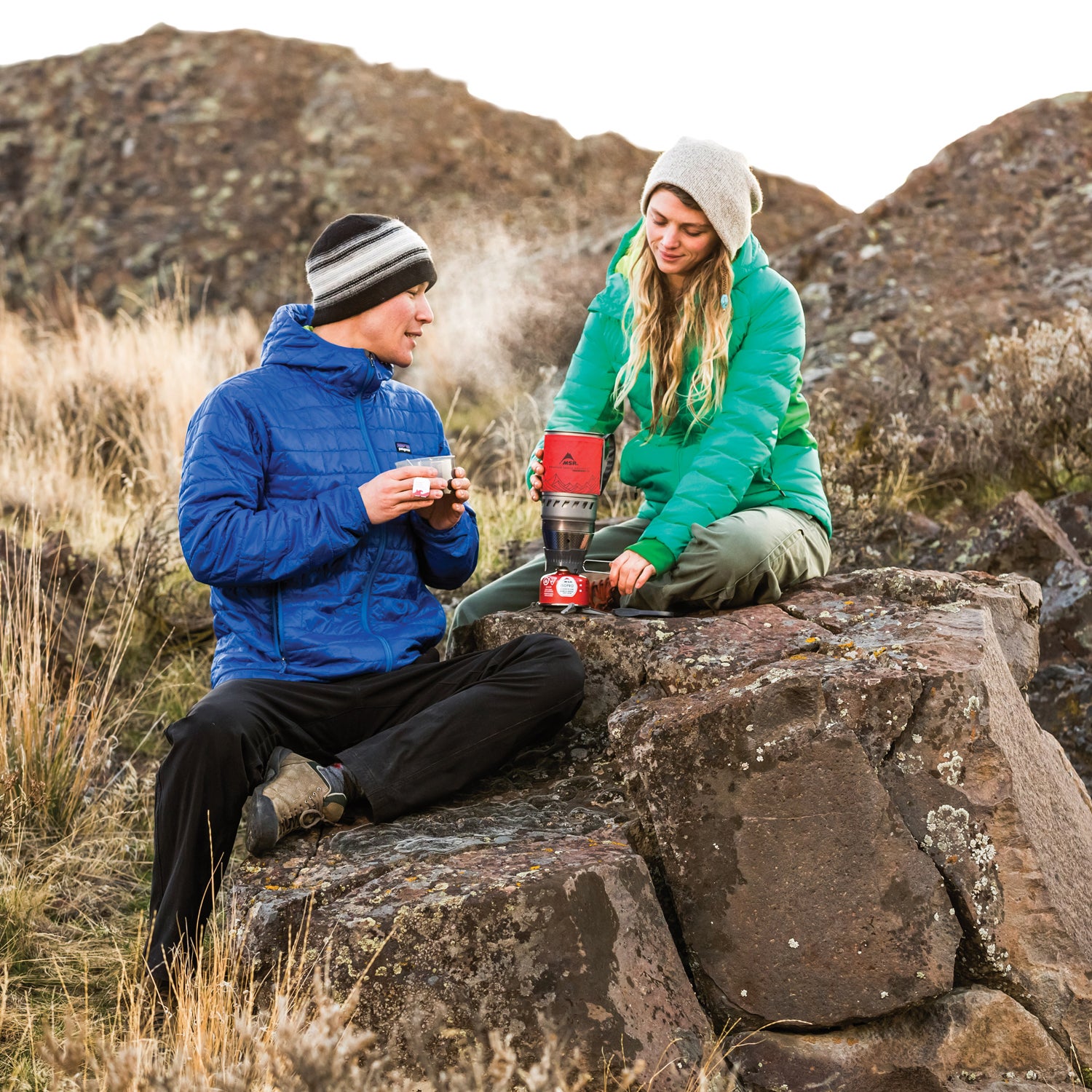A packable device producing fire for camp cooking. With all due respect to the Coleman two-burner, the Primus OmniFuel, and the Jetboil Flash, MSR’s , a lightweight, liquid-fuel burner, set the standard for the category. The stove dates back to the winter of 1969, when Larry Penberthy, an eccentric inventor, average mountaineer, and owner of a multimillion-dollar industrial-glass company, penned a newsletter for his Seattle-based climbing club, the Mountaineers. He called his publication , and though the tone could be hyperbolic, Penberthy was the rare advocate for accountability in the fledgling outdoor industry. He and other club members stress-tested products—ropes, carabineers, ice axes—and Penberthy would then publicly lambast any company whose equipment failed to meet their rigid safety standards. At one point, he raged about flawed helmets that he said a local retailer, REI, and its CEO, American mountaineering legend Jim Whittaker, knew had problems. “Why doesn’t REI level with its customers?” Penberthy wrote. “Omission of such important information is concealment.”Â
Penberthy zeroed in on stoves after a number of area climbers came down with high-altitude pulmonary edema. Medical professionals had only recently diagnosed dehydration as a cause of HAPE. Meanwhile, the best portable stoves of the day took between 16 and 24 minutes to melt snow and boil a quart of water at altitude, a potentially fatal delay for climbers. Through testing, Penberthy made two key observations: (1) the era’s stoves wasted huge amounts of fuel by not trapping heat around the pot; and (2) most ran off heavy butane canisters—and the ones that didn’t were so inefficient that they had to be refueled after every use. He calculated that for mountaineers to boil a quart of water in just three minutes, they needed a stove that burned nine fluid ounces of fuel per hour, almost 30 percent more than the best-performing backpacking stoves of the day. But rather than simply rant about the problem, Penberthy decided to solve it.Â
Though many of his employees considered building climbing gear a lunatic endeavor for a glass company, Penberthy dedicated one corner of his manufacturing shop to stove development. Engineers were pulled off profitable projects and told to design pumps to pressurize white gas and build ugly but functional heavy-duty heat shields out of aluminum foil. After three years and countless modifications, early versions of the Model 9 had earned the nickname Krakatoa. At one point, a tester sparked the pressurized-gas stove on his front porch and his screen door went up in flames. On another occasion, a doctor and fellow Mountaineer accidentally burned down his house with a Model 9 prototype.Â
Eventually, the safety concerns were resolved. The resulting stove put off a “psychologically pleasing” roar, according to Penberthy, and the featherweight 12-ounce unit, surrounded by a unique foldable aluminum wind shield, boiled a quart of water in just over three minutes at altitude. Penberthy brought it to market under the brand name MSR, and in 1981, having repaired his relationship with REI, he sold his new gear company to his old nemesis. The Model 9 still exists today, in the form of MSR’s , which runs on anything from diesel to jet fuel.Â


